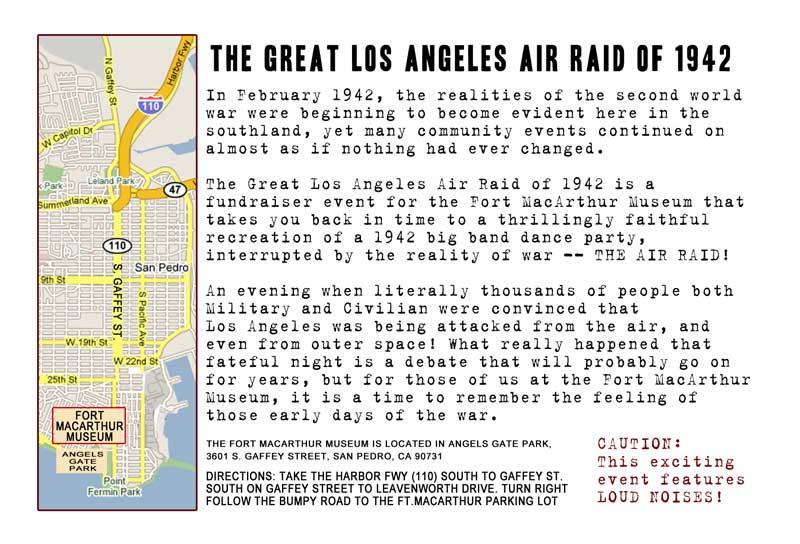The Battle Of Los Angeles Re-Creation February 20, 2010 (Page One)

Did you know? - The Battle of Los Angeles is the name given by contemporary news agencies to a sighting of one or more unidentified flying objects which took place from late February 24 to early February 25, 1942 in which eyewitness reports of an unknown object or objects over Los Angeles, California, triggered a massive anti-aircraft artillery barrage. The Los Angeles incident occurred less than three months after America's entry into World War II as a result of the Japanese Imperial Navy attack on Pearl Harbor.
Initially the target of the aerial barrage was thought to be an attacking force from Japan, but it was later suggested to be imaginary and a case of "war nerves", a lost weather balloon, a blimp, a Japanese fire balloon or psychological warfare technique, staged for the benefit of coastal industrial sites, or even an extraterrestrial craft. The true nature of the object or objects remains unknown.
There Were Many Displays To See On The Grounds

The Sarge briefed us on the way in... In clear military terms!
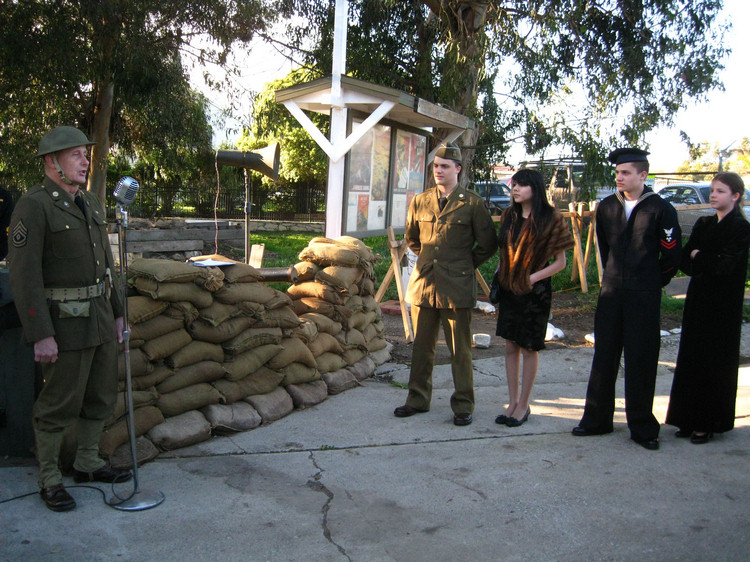
The kids were really dressed up!
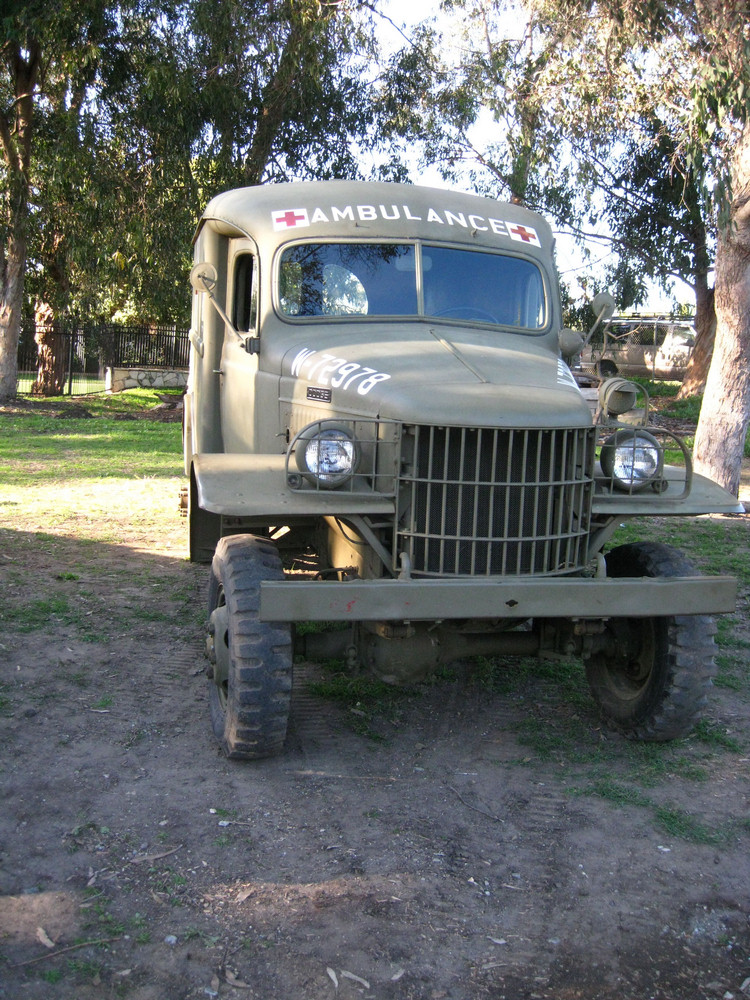
Dodge trucks were everywhere. WC9 Truck, 1/2 ton, 4x4, Dodge Ambulance (G-505).
Did You Know? - During World War II, the Dodge Company produced tens of thousands of light weight, versatile trucks in the WC series. While most cargo was carried in "deuce and a half" or larger vehicles, the Dodge WCs worked long and hard, an essential part of Army mobility that led to victory in 1945. Thousands more were shipped to allies, including the Soviet Union, where they were also revered.
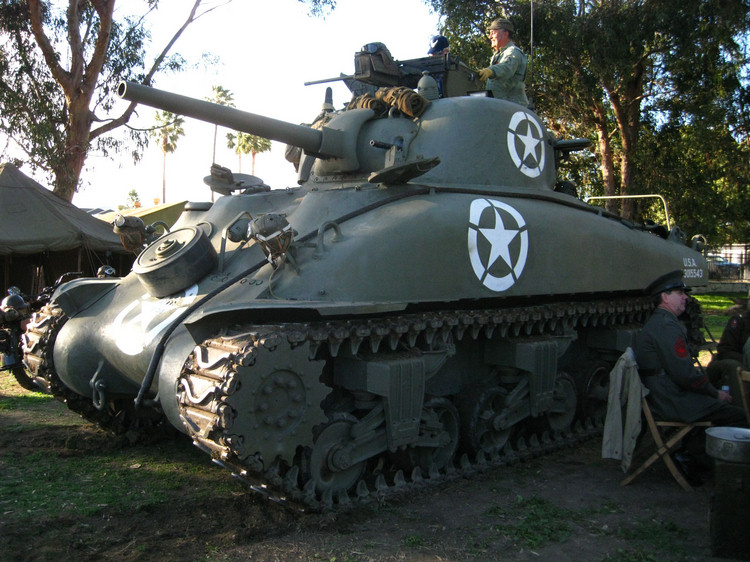
The Sherman Tank
Did You Know? - The M4 Sherman, formally Medium Tank, M4, was the primary tank used by the United States during World War II. It was also distributed to the Allies via lend lease. Evolved from previous medium and light tanks, it was the first American medium tank with the main gun mounted on a fully traversing turret.
Production of the M4 medium tank exceeded 50,000 units and its chassis served as the basis for numerous other armored vehicles such as tank destroyers, tank retrievers, and self-propelled artillery. Only the Soviet T-34 tank was produced in larger numbers.
In the United Kingdom the M4 was given the name Sherman after Union General William Tecumseh Sherman, following the British practice of naming their American-built tanks after famous American Civil War generals. Subsequently the British name found its way into common use in the U.S.


1942 Indian Scout 500, the 741, used by the US Army

People had to be moved away because of the deafening sounds levels
Did You Know? - Initially designed to warn of air raids in World War II, they were adapted to warn of nuclear attack and of natural phenomena such as tornadoes. The generalized nature of the siren led to many of them being replaced with more specialized warnings, such as the Emergency Alert System.
In a mechanical siren, sound is generated by a motor driving a shaft with a special fan (known as a rotor or chopper) on one or both ends. It will have only one fan if it's a single-toned siren, while if it's a dual-toned siren, it will have either one fan on each end or two fans in a stack on one end, with one fan having a few more blades than the other. Around each fan—or chopper or rotor—is a housing with a number of rectangular holes to match the number of fan blades.
This housing is known as a stator. The end of each blade has a plate whose shape is matched with the rectangular holes and circular curve of the stator. The blades draw air in at the end and force it out through the slots in the housing in rapid pulses, as the plates on the end of the blades interrupts that flow, which is what produces the sound. Some mechanical sirens, such as the Federal Signal Thunderbolt series, also employ compressed air that is blown at the rotor to "supercharge" the sound from the siren, which causes the sound to be sharper and much louder than it would be with the chopper and stator alone.
Modern sirens can reach up to, but not commonly, 135 decibels when measured 100 feet (30 m) away from the siren; the loudest confirmed siren ever produced was the Chrysler Air Raid Siren, producing 138 dB at 100 feet. The Chrysler Air Raid Siren used a 180 hp V-8 Hemi engine to drive the siren and weighed 5543 lb. Most sirens are mounted on poles that are usually around 40 to 50 feet off the ground, but some older sirens can be found mounted on buildings

Trucks were in great condition


The views from on top was magnificent... Catalina in the background

The search lights were amazing to watch
Did You Know? - Searchlights were used extensively in defense against nighttime aerial bomber raids around the time of World War II. In particular, pairs of searchlights spaced a known distance apart were used to determine (via triangulation) the altitude of enemy bombers, so that the fuses on anti-aircraft flak shells could be set appropriately for maximum effect. In addition, the lights may have blinded bombardiers using optical bombsights.
Searchlights were occasionally used tactically in ground battles. One famous occasion was the Soviets' use of searchlights during the Battle of Berlin in April 1945. 143 searchlights were directed at the German defense force across the Neisse River with the aim of temporarily blinding them during a Soviet offensive.
World War II-era searchlights include models manufactured by General Electric and by the Sperry Company, (of gyroscope fame). These were mostly of 60" (152.4 cm) diameter with rhodium plated parabolic mirror, reflecting a carbon arc discharge. Peak output was 800,000,000 candlepower. It was powered by a 15 KW generator and had an effective beam visibility of 28 to 35 miles (45 to 56 km) in clear low humidity.
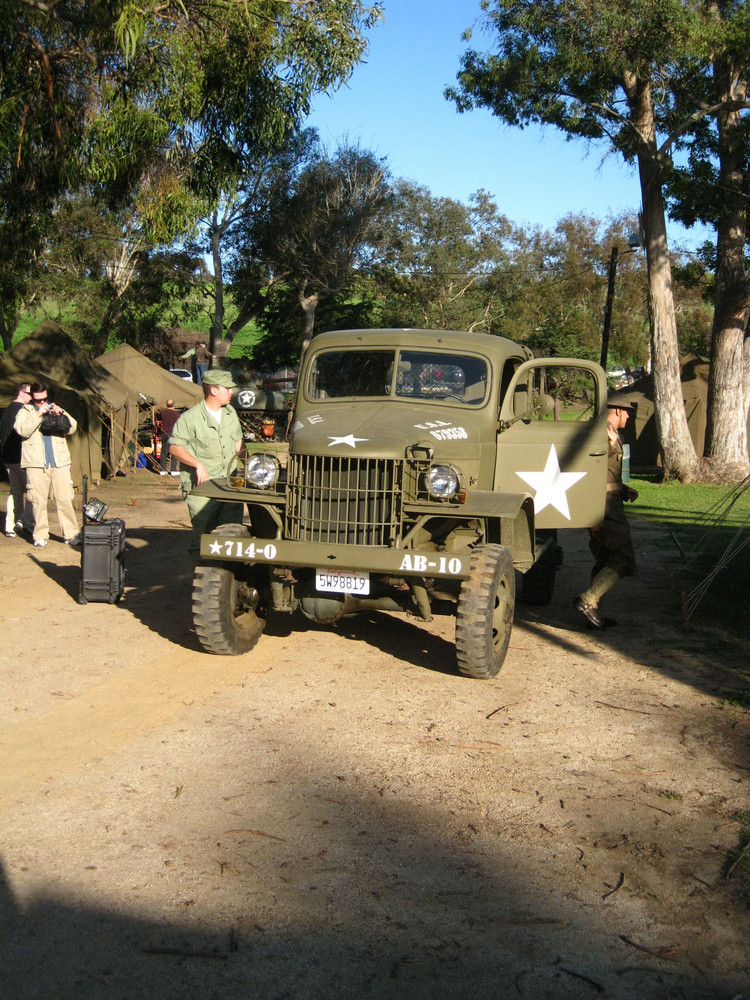

Six passengers in No comfort
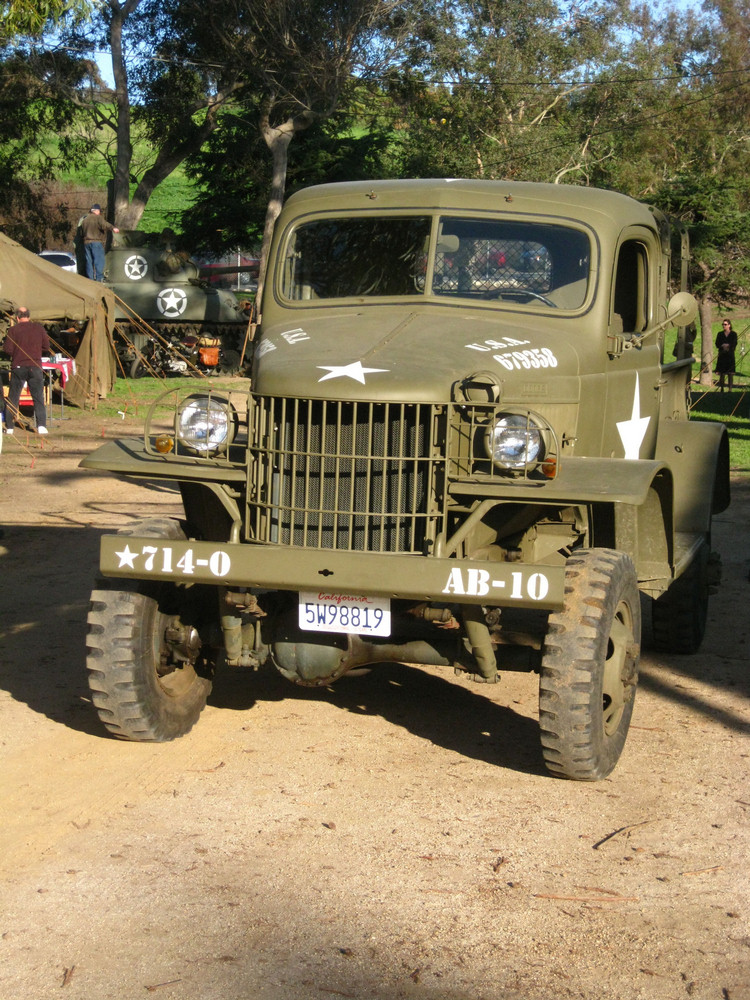
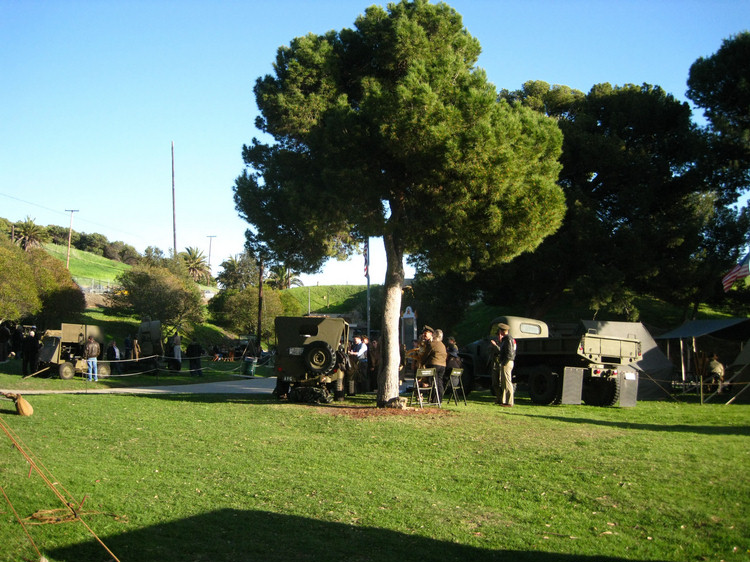
Tents were all over the grounds
Howitzer

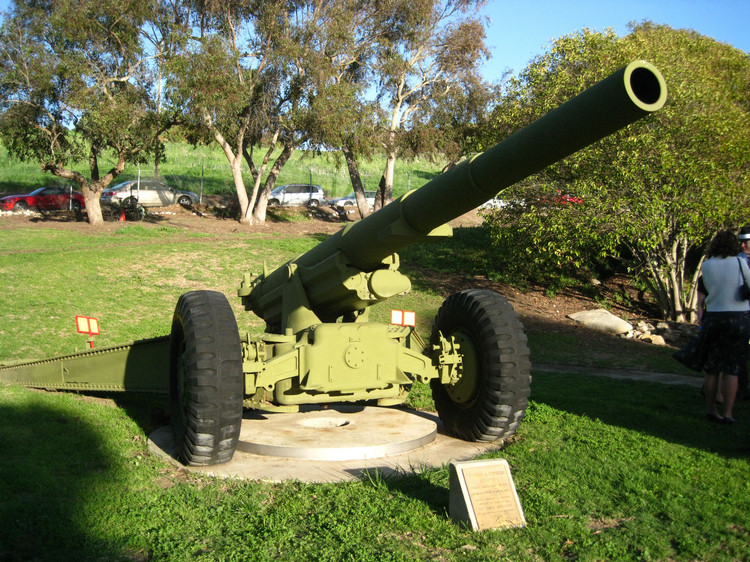
Ready, Aim, Fire...
Did You Know? - A howitzer is a type of artillery piece that is characterized by a relatively short barrel (barrel length 15 to 25 times the caliber of the gun) and the use of comparatively small explosive charges to propel projectiles at relatively high trajectories, with a steep angle of descent. In the taxonomies of artillery pieces used by European (and European-style) armies in the eighteenth, nineteenth, and twentieth centuries, the howitzer stood between the "gun" (which was characterized by a longer barrel, larger propelling charges, smaller shells, higher velocities and flatter trajectories) and the "mortar" (which has the ability to fire projectiles at even higher angles of ascent and descent). Howitzers, like other artillery pieces, are usually organized in groups called batteries.

Half Track
Did You Know? - The first M2s were fielded in 1941, and would be used in the Philippines, North Africa, and in Europe by the US Army, and around the Pacific by the USMC. About 800 M2 and M9 halftracks were sent to the Soviet Union. Many remaining vehicles initially destined for lend-lease were transferred to other US allies, primarily in South America. These vehicles often received a number of upgrades designed at extending service life. Nicaragua's National Guard received 10 M2, which saw heavy action during the 1978-79 Nicaraguan Revolution. The Argentine Army retired its last upgraded M9 during 2006 and donated them to Bolivia.
Did You Know? - A half-track is a civilian or military vehicle with regular wheels on the front for steering, and caterpillar tracks on the back to propel the vehicle and carry most of the load. The purpose of this combination is to produce a vehicle with the cross-country capabilities of a tank and the handling of a wheeled vehicle. It is not difficult for someone who can drive a car to drive a half-track, which is a great advantage over fully-tracked vehicles.
The main advantage of half-tracks over wheeled vehicles is that the tracks reduce the vehicle's overall ground pressure and give it greater mobility over soft terrain like mud and snow, while they do not require the complex steering mechanisms of fully tracked vehicles, relying instead on their front wheels to direct the vehicle, augmented in some cases by track braking controlled by the steering wheel.

Sue Wants To Climb Anything High
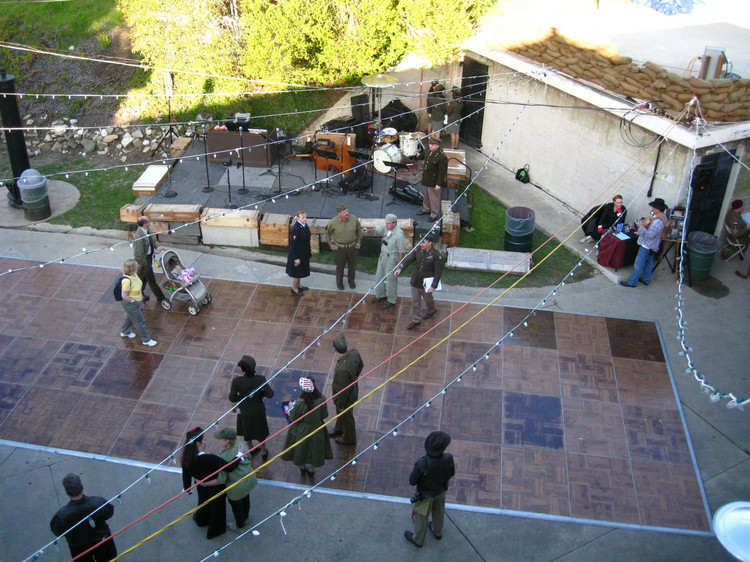
The dance floor from 100 feet up!

More people entering the grounds
The Business End Of The Fort

The Battery Commander controlled the gun activities form the bunker... Commands were yelled downstairs via the sound tubes
Did You Know? - In 1888 President Grover Cleveland designated an area overlooking San Pedro Bay as an unnamed military reservation intended to improve the defenses of the expanding Los Angeles harbor area. Additional land was purchased in 1897 and 1910, and Fort MacArthur was formally created on October 31, 1914. The fort was a training center during World War I, and the first large gun batteries for harbor defense were installed in 1917. The effectiveness of these fixed gun emplacements was debated for many years, and test firings were extremely unpopular with nearby residents, the concussion shattering windows in buildings and houses for miles around.
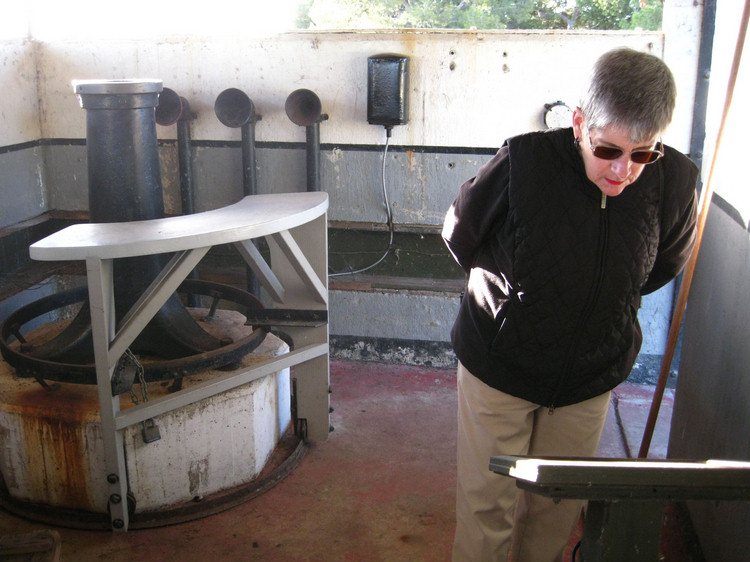

Technology was advancing
Did You Know? - Seacoast artillery position finding was defined as the system used to determine the range and direction of a target from a battery or directing point. Seacoast guns were not aimed at a target, they were aimed at a point called the Set Forward Point. The Set Forward Point being defined as a point on the course of a target at which it is predicted that the target will arrive at the end of the predicting interval plus the time of flight (of the projectile) for the range (distance). The Coast Artillery utilized three basic systems of position finding.

Catalina is clearly visible in the distance
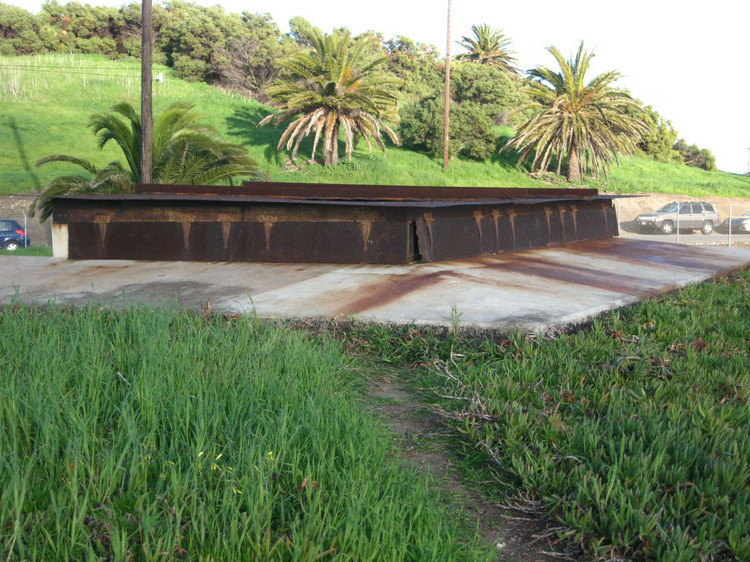
Command bunker #2 with the windows closed....

The Korean Friendship memorial in the background and fireworks being set up
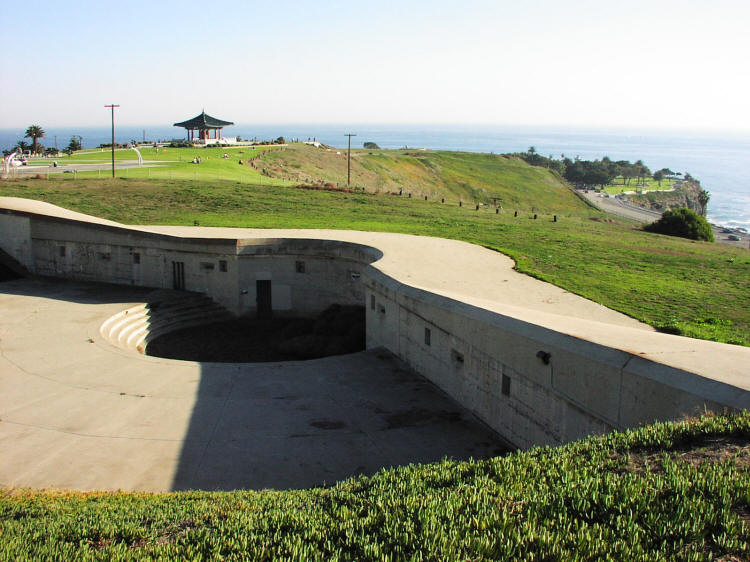
Where the guns were mounted - Click for more details

The actual guns
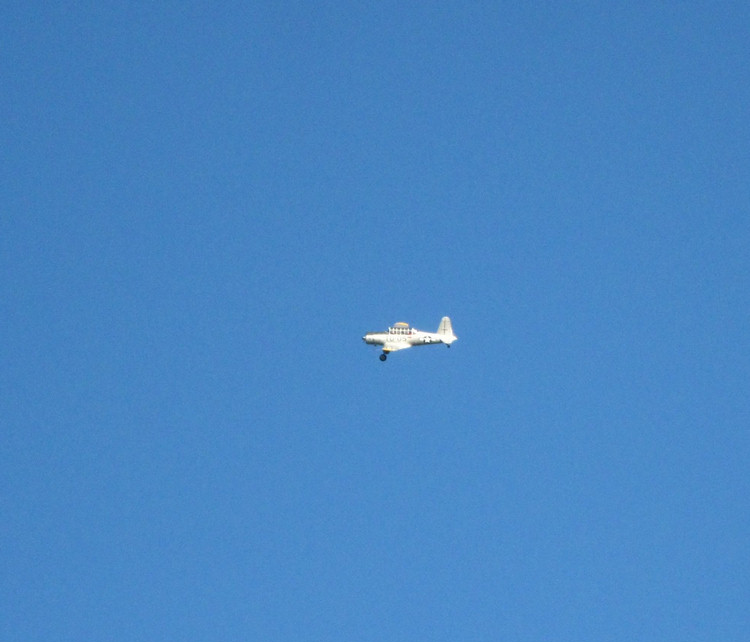
We had many flyovers
Old Cars Are Always Interesting

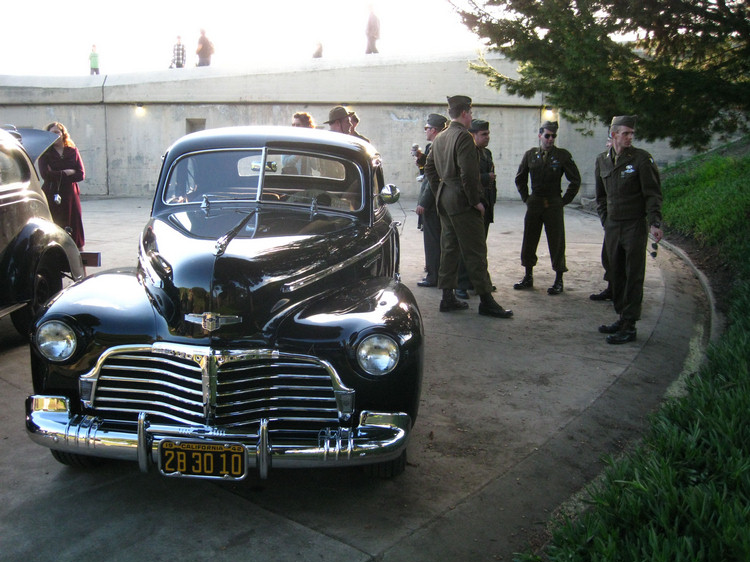
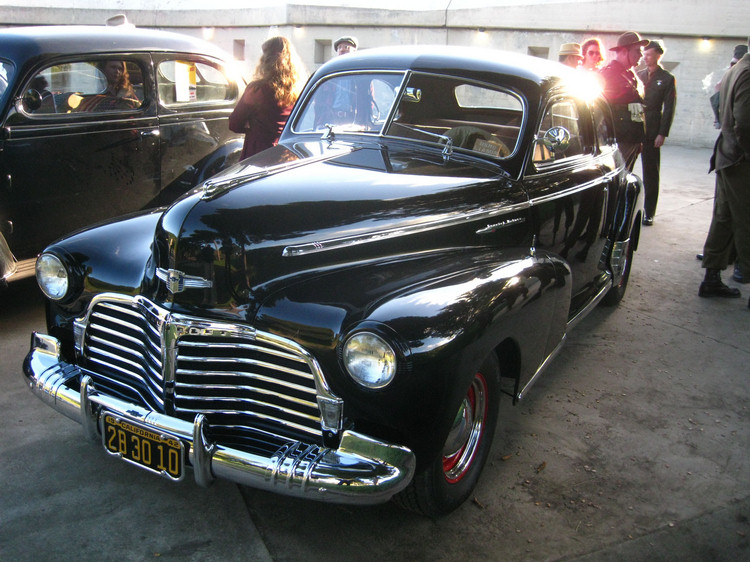
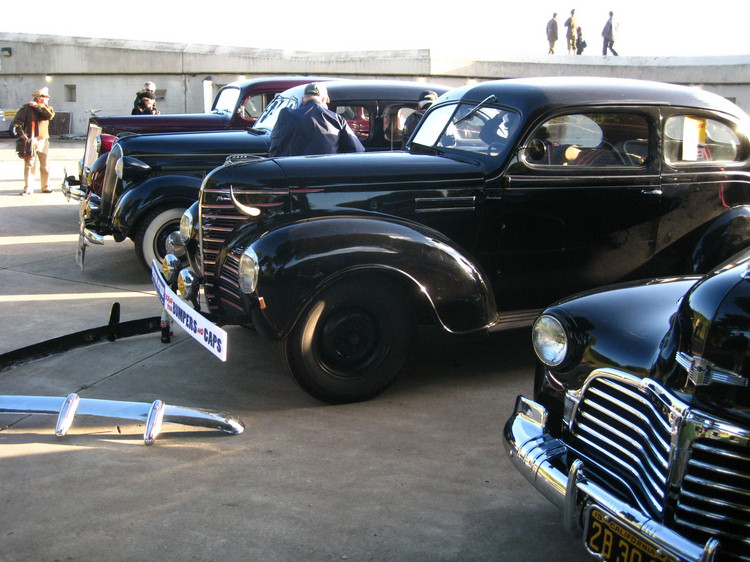
Inside The Museum


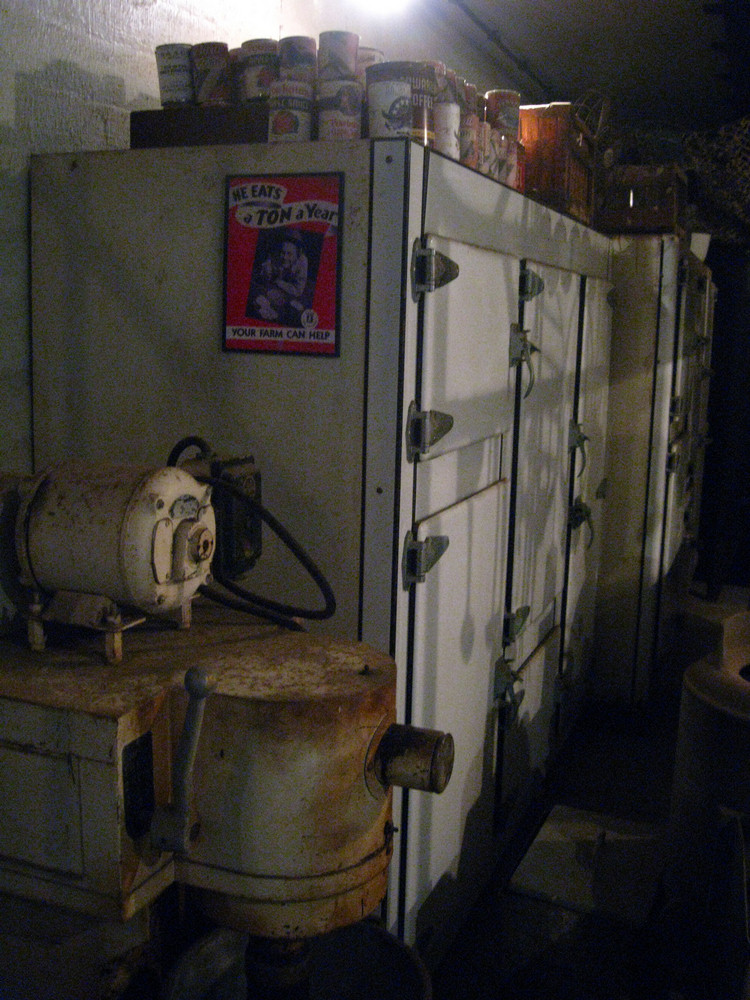

1932 versus 2002

Fascinating photographs
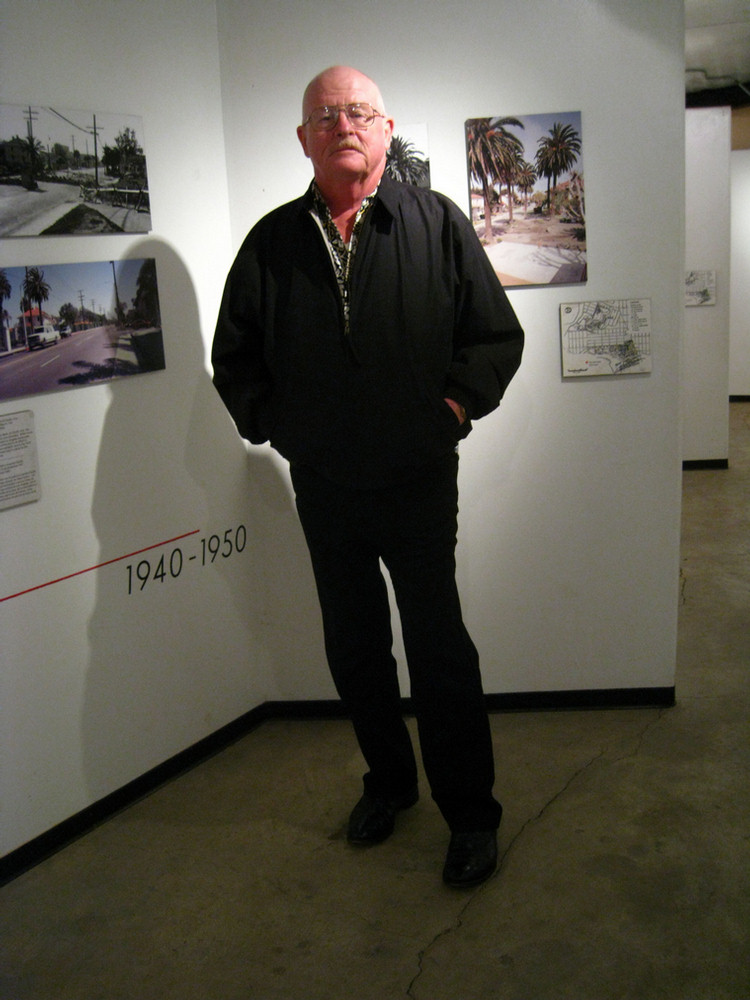

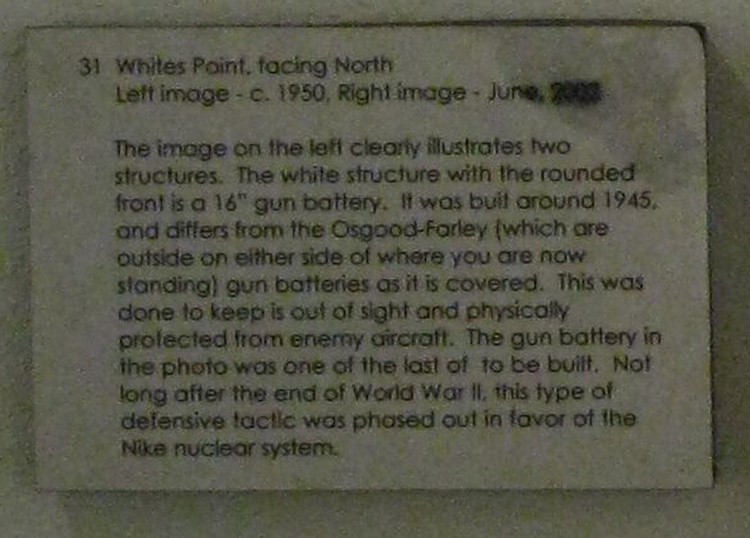

Part of the guns used during WWII
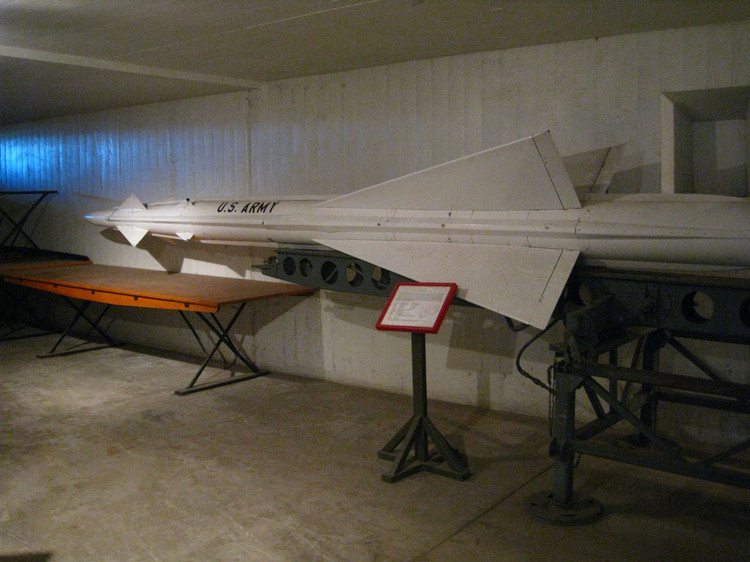
Guns were phased out and Nike was phased in during the mid 1950's
Did You Know? - During the early years of the Cold War, Fort MacArthur became a key part of the West Coast's anti-aircraft defenses, becoming the home base of the 47th Anti-Aircraft Artillery Brigade. A Nike surface-to-air missile battery was activated at the fort in 1954, remaining in service until the early 1970s.
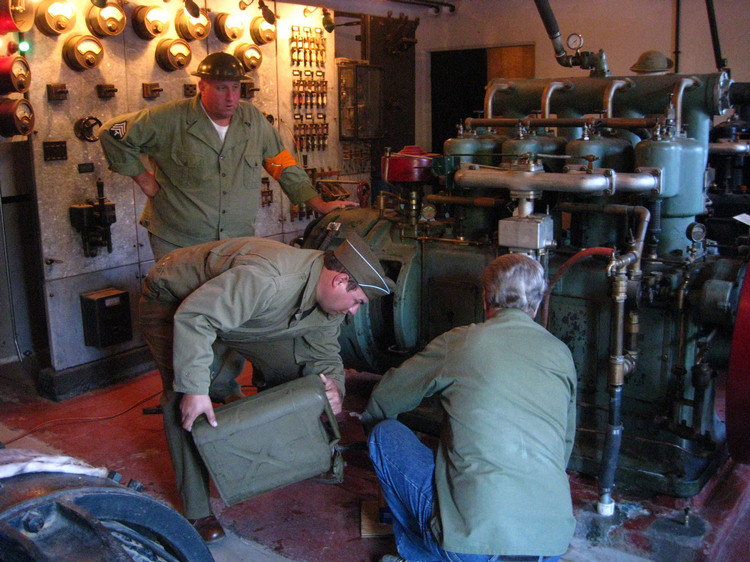
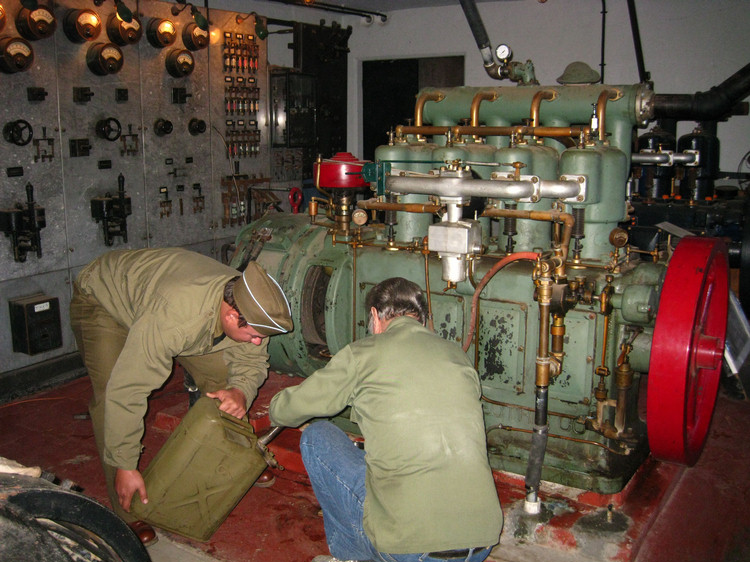
Motor-generators were used to make the base independent from all power sources

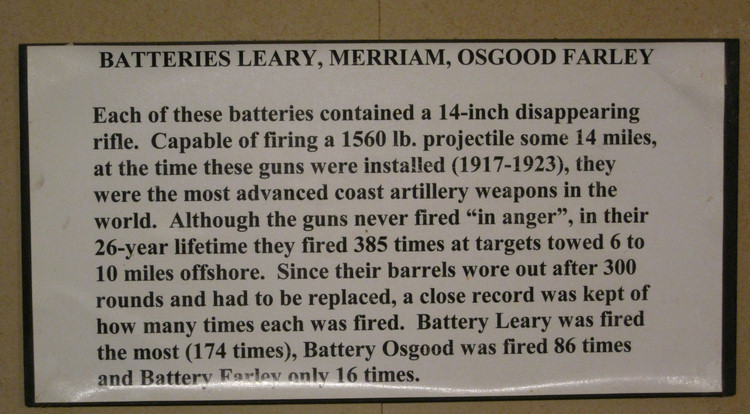
Amazing facts

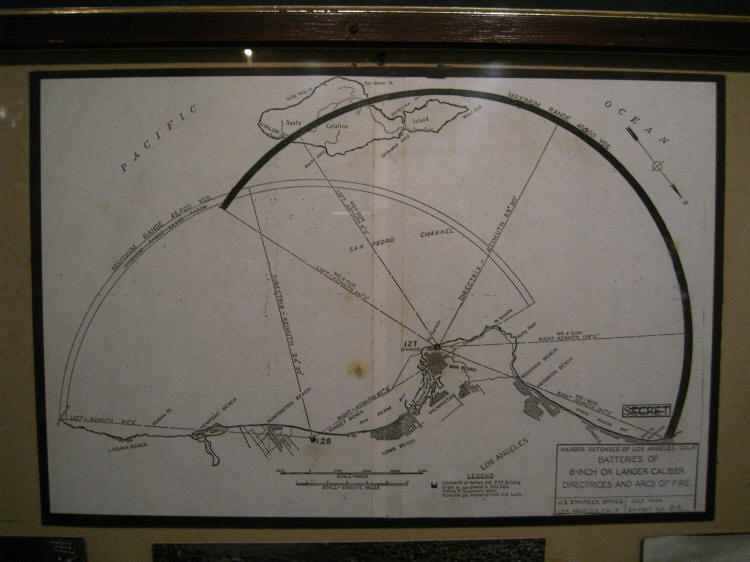
Click to see the range potentials from these guns

The military had guns up and down the coast - Click to see the details
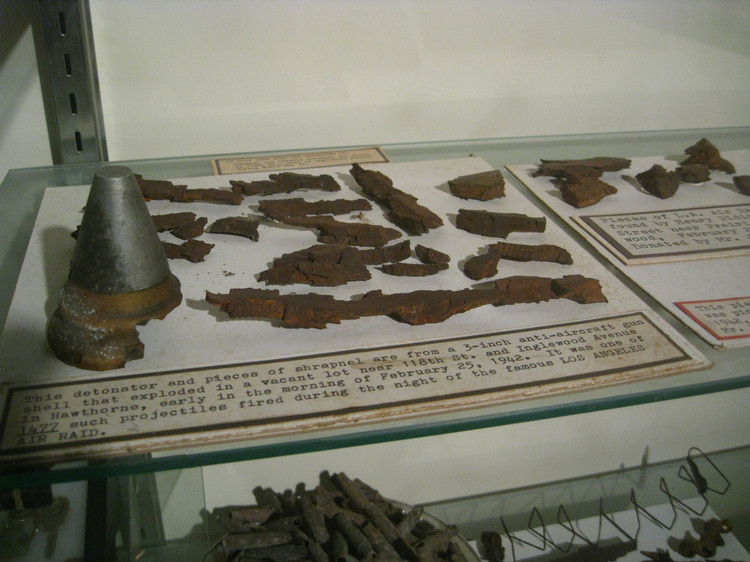
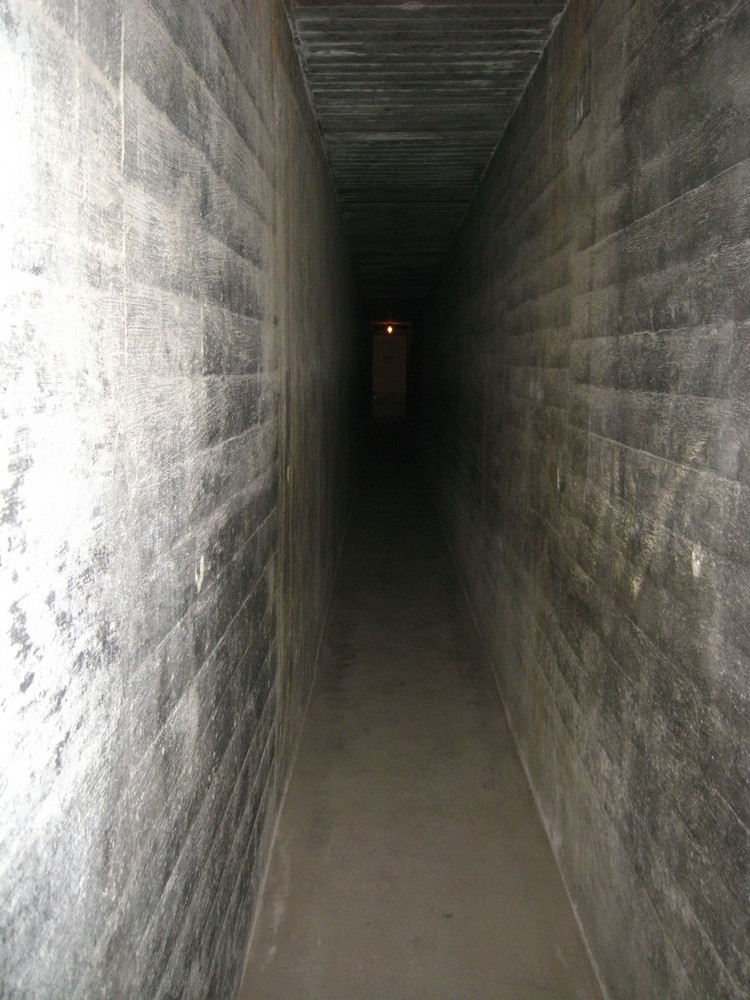
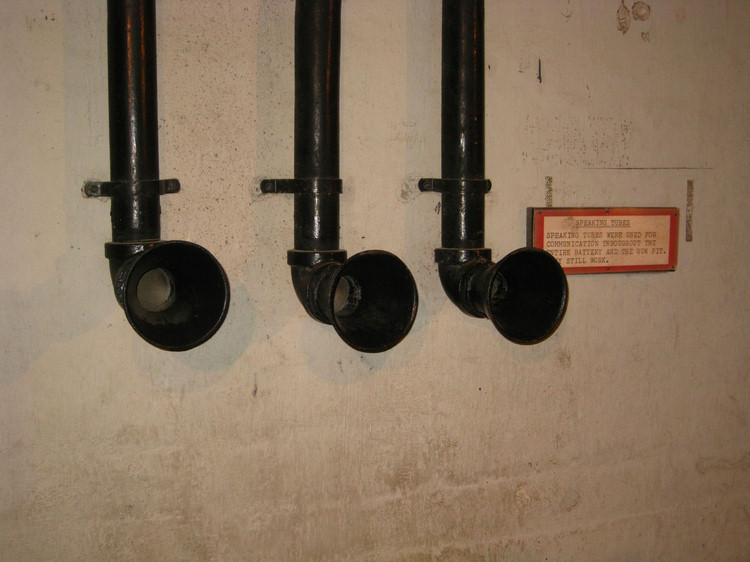
These voice tubes connected to the control room 100 feet above


Shrapnel found locally from the Battle Of Los Angeles

